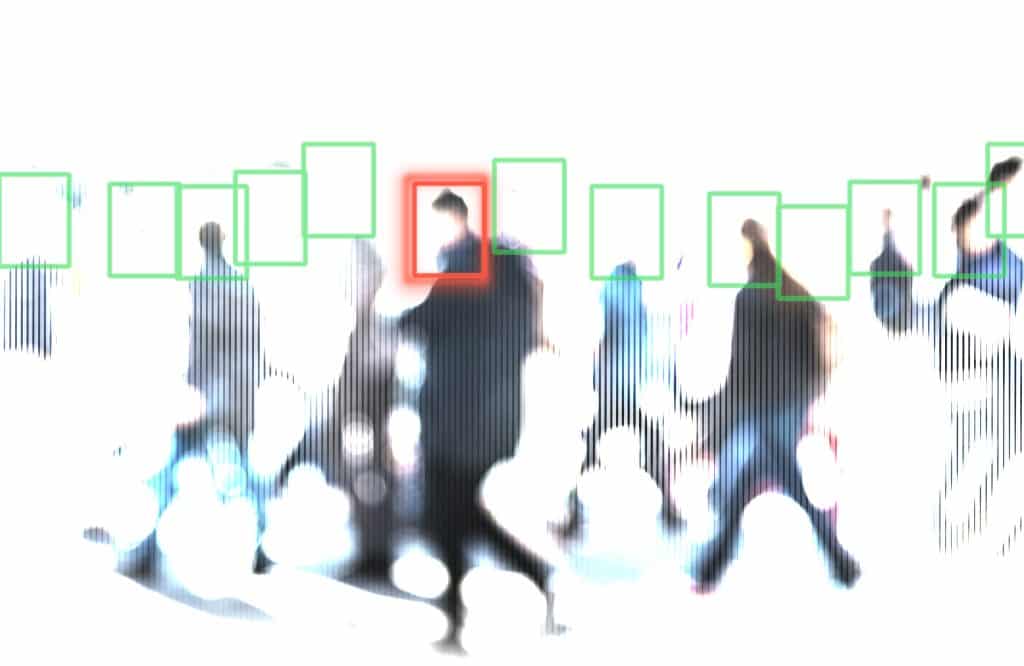Designers take on facial recognition with adversarial fashion - biometricupdate.com

Designers take on facial recognition with adversarial fashion
Italian fashion designer Cap_able is the latest to claim that its use of adversarial images renders wearers of its clothes invisible to facial recognition systems, as reported by numerous outlets.
It is just the latest in a well-established trend, with numerous clothing items and accessories that are worn by precious few people around the world introduced and marvelled over before graduating to aggregated internet lists.
“In a world where data is the new oil, Cap_able addresses the issue of privacy, opening the discussion on the importance of protecting against the misuse of biometric recognition cameras: a problem if neglected, could freeze the rights of the individual including freedom of expression, association and free movement in public spaces,” Cap_able Co-founder Rachelle Didero told dezeen.
But do they work?
In the case of Cap_able, a representative of NtechLab reached out to Biometric Update to share videos showing that the company’s algorithms can easily identify those in the designer’s demonstration videos.
The designers tested their designs with online object detection tool YOLO.
“Face recognition software developed by NtechLab has successfully detected all the faces in the video provided by Cap_able, so we have contacted the Italian startup to assist its team in further tests,” writes NtechLab Communications Director Alexander Tomas. “All facial recognition algorithms work differently, so it will be difficult to come up with clothes that can evade several algorithms at once. We are always open to cooperation with companies that are ready to offer creative solutions to trick facial recognition technology.”
A pair of videos shared by the company show face detection and facial recognition working on people wearing clothes from Cap_able.
Tomas’ point about algorithms working differently raises questions about the extent to which adversarial images can be broadly applied. The use of not just a different algorithm to back the claim of providing protection from biometric surveillance, but a different kind of algorithm altogether, seems to leave open the question of whether Cap_able’s designs work against any face detection and biometric systems deployed to security cameras in production.




Leave a comment